Man Builds MEDIEVAL House Using Primitive Techniques Start to Finish
1
0
53 Views
Published on 11 Oct 2024 / In
Film & Animation
Show more
0



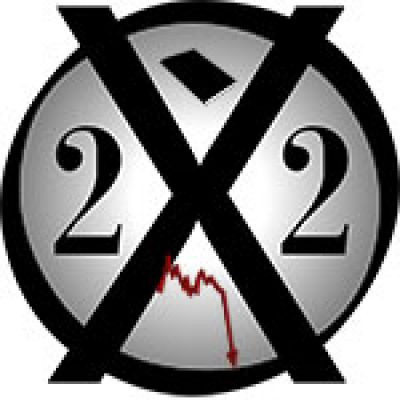 X22 Report
X22 Report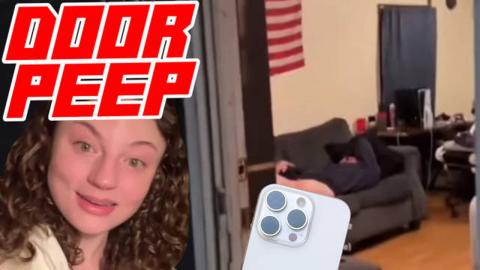
 TheSaltyCracker
TheSaltyCracker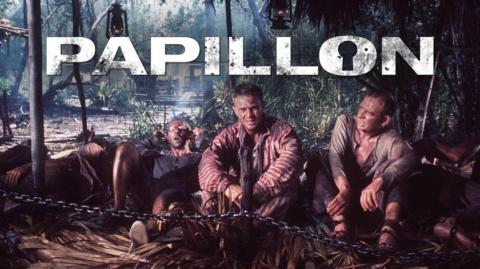
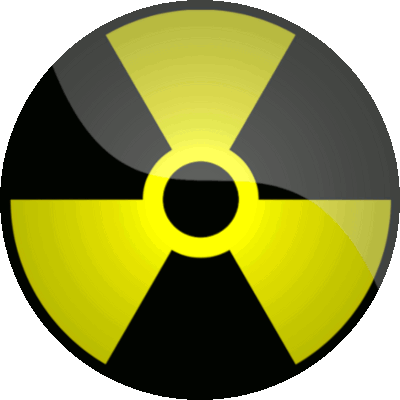 Billy Von Bomb
Billy Von Bomb
 mrghoster
mrghoster
 Life_N_Times_of_Shane_T_Hanson
Life_N_Times_of_Shane_T_Hanson
 Angry Guy
Angry Guy
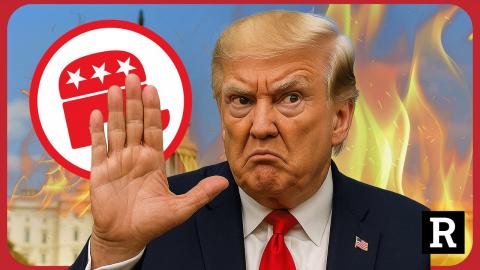
 Redacted News
Redacted News

 Freshfit
Freshfit

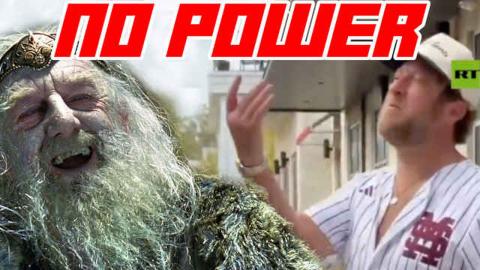

 Sant77
Sant77


 NerokeFive
NerokeFive
 coachgregdams
coachgregdams
 TheQuartering
TheQuartering

Log in to comment
I was just thinking - the original purpose of the wattle and daub - or sticks and mud walling was to create a cheap, easy to make, insulating, draft proof, walling from redily available materials.
In the video - he shows you how to make these walls.
"Wattle and Daub", evolved into "plaster and lath", and this evolved into "plaster board" - BUT aside from some qualities, and the ease of making modern buildings both insulated and draft proof, why do you even need plaster boards to line the building / rooms with? - in a general sense.
~~~~~~~~~~~~~~~~~~~~~~~~~~~~~~~~~~~~~~~~~~~~~~~~~~~~~~~~~~~~~~~~
Wattle and daub is a composite building method used for making walls and buildings, in which a woven lattice of wooden strips called "wattle" is "daubed" with a sticky material usually made of some combination of wet soil, clay, sand, animal dung and straw. Wattle and daub has been used for at least 6,000 years and is still an important construction method in many parts of the world. Many historic buildings include wattle and daub construction.
Lath and plaster is a building process used to finish mainly interior dividing walls and ceilings. It consists of narrow strips of wood (laths) which are nailed horizontally across the wall studs or ceiling joists and then coated in plaster. The technique derives from an earlier, more primitive process called wattle and daub.[1]
Lath and plaster largely fell out of favour in the U.K. after the introduction of plasterboard in the 1930s.[2] In Canada and the United States, wood lath and plaster remained in use until the process was replaced by transitional methods followed by drywall (the North American term for plasterboard) in the mid-twentieth century.[citation needed]
Drywall (also called plasterboard, dry lining,[1] wallboard, sheet rock, gib board, gypsum board, buster board, turtles board, slap board, custard board, gypsum panel and gyprock) is a panel made of calcium sulfate dihydrate (gypsum), with or without additives, typically extruded between thick sheets of facer and backer paper, used in the construction of interior walls and ceilings.[2] The plaster is mixed with fiber (typically paper, glass wool, or a combination of these materials); plasticizer, foaming agent; and additives that can reduce mildew, flammability, and water absorption.
In the mid-20th century, drywall construction became prevalent in North America as a time- and labor-saving alternative to lath and plaster.[3]
https://upload.wikimedia.org/w....ikipedia/commons/thu
https://upload.wikimedia.org/w....ikipedia/commons/thu
https://upload.wikimedia.org/w....ikipedia/commons/6/6
https://upload.wikimedia.org/w....ikipedia/commons/thu